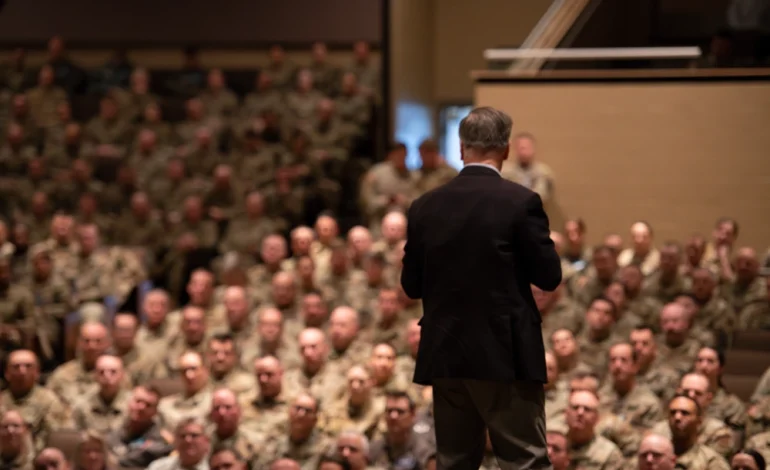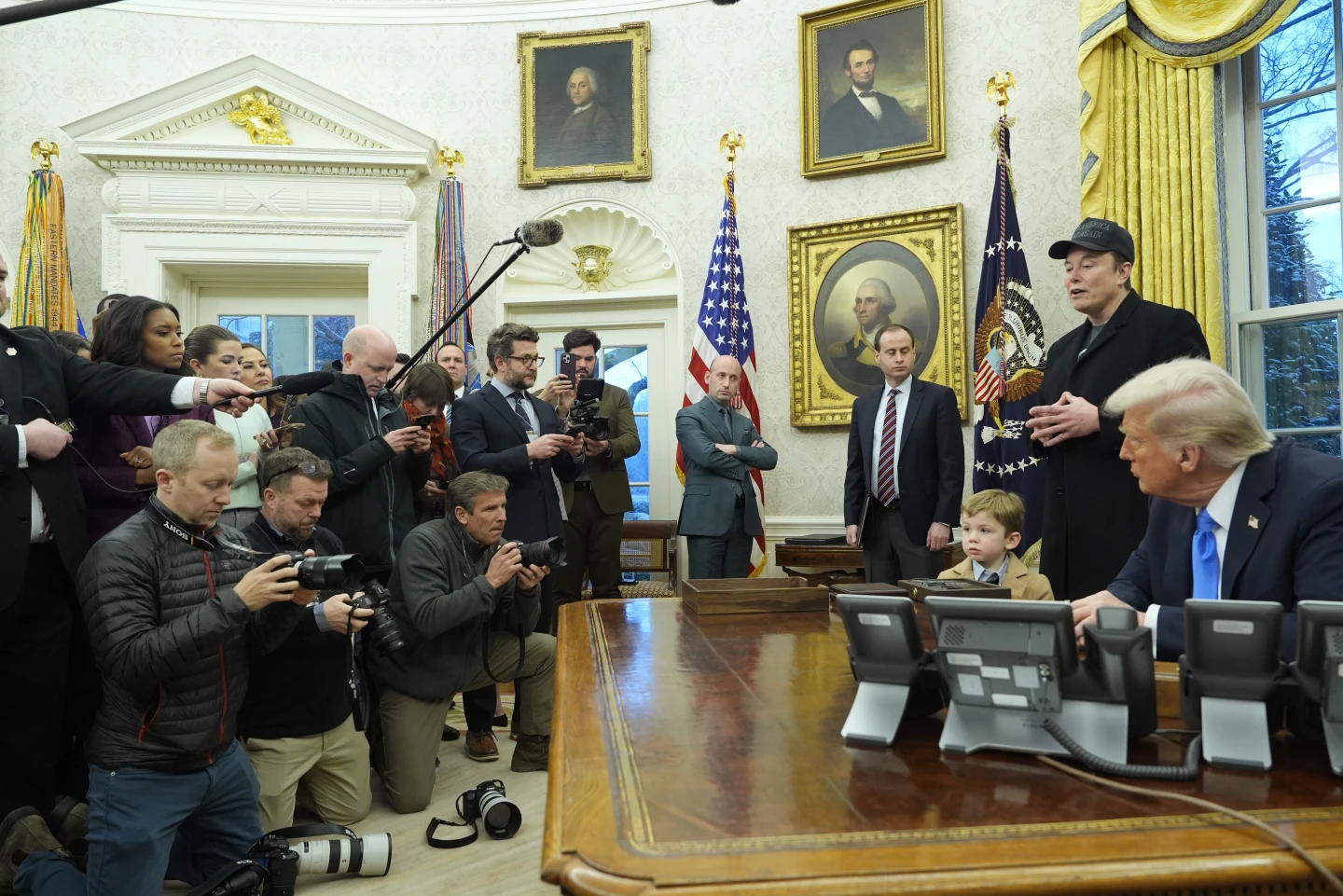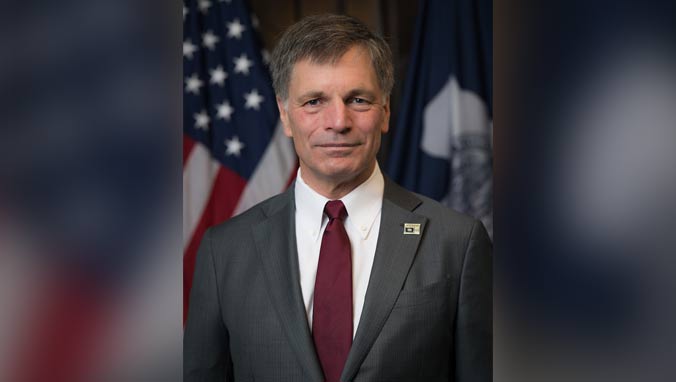Wyoming National Guard Enhances Warfighting Skills at Joint Leadership Conference

The Wyoming National Guard recently held its Joint Leadership Conference in Cheyenne, focusing on preparing its leaders for large-scale combat operations in line with the United States military’s new strategic blueprint, the Joint Warfighting Concept 3.0 (JWC), DVIDS reports.
This event brought together more than 600 senior-ranking Soldiers and Airmen to discuss the evolving nature of warfare and how the US military, including the National Guard, must adapt to future challenges.
The JWC represents a significant shift in military strategies, emphasizing the integration and synchronization of capabilities across all branches of the armed forces. It aims to address the growing complexities of global challenges, including competition with global powers like China, nuclear threats from rogue states, and the rise of extremist organizations, while incorporating rapidly advancing technologies into military tactics.
Several keynote speakers shared insights on how the military can leverage these changes to its advantage. Among them was Major General Jerry Prochaska, Director of J-7 for the National Guard Bureau, who discussed the transformative potential of emerging technologies such as Artificial Intelligence (AI). He highlighted the Joint Lessons Learned Information System (JLLIS), which allows for quicker, more efficient data analysis, compared to traditional methods that took months. Prochaska stressed the importance of adopting new innovations from private industries, such as those developed by tech companies like Microsoft, to maintain a competitive edge.
Another prominent speaker, retired Lieutenant General Jon Jensen, elaborated on how the JWC encourages greater interservice collaboration. Rather than each branch working in isolation, the new concept emphasizes how different services can support one another to create a more cohesive and effective fighting force. This approach requires the US military to combine information from various domains, including space, air, land, and sea, to improve decision-making and operational effectiveness.
Shawn Dawley, a US Air Force veteran and director of a Fortune 100 company, closed the conference by reminding attendees of the importance of leadership. He spoke about the value of rising to the occasion and making strategic decisions during times of change. Dawley likened this to a story of early human discovery, where leaders are called upon to understand and adapt to new challenges, guiding their teams toward success.







